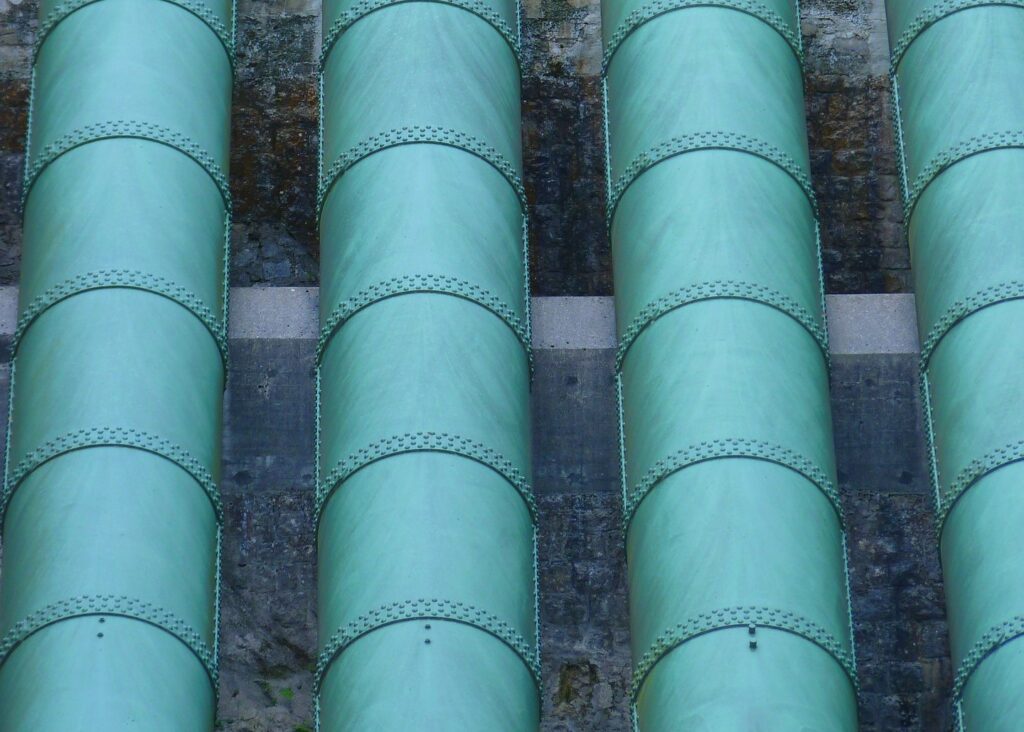China is poised to start work on what could become the world’s longest hydrogen pipeline, representing a significant leap forward in the country’s pursuit of renewable energy infrastructure.
The project, slated to begin this year, holds the potential to revolutionize hydrogen transportation and facilitate the export of renewable hydrogen, positioning China as a key player in the global energy transition.
The primary goal of the 737km Zhangjiakou Kangbao-Caofeidian pipeline is to connect a green hydrogen project in Zhangjiakou to the port of Caofeidian, ultimately enabling the export of renewable hydrogen. By leveraging hydrogen as a clean energy carrier, China aims to bolster its position in the renewable energy market and capitalize on the growing demand for sustainable fuel alternatives worldwide. This ambitious initiative aligns with China’s broader strategy to achieve carbon neutrality and reduce reliance on fossil fuels.
The pipeline project leverages advanced technology to transport hydrogen from production facilities to end-users over long distances. Operating at a pressure of 63 bar, higher than the standard in China, the pipeline maximizes efficiency by carrying larger volumes of hydrogen. This infrastructure underscores China’s commitment to innovation and underscores the pivotal role of hydrogen in transitioning towards a low-carbon economy.
